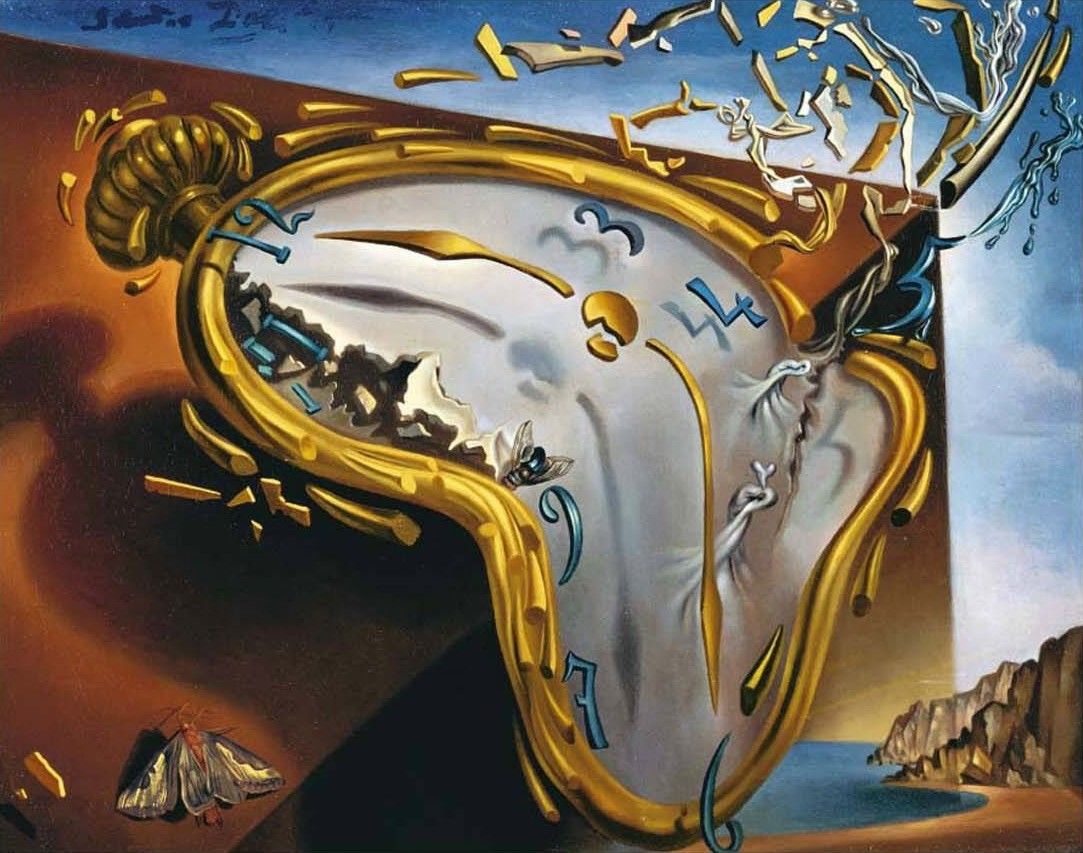Time - I
 Risav Karna
Risav KarnaTable of contents

The Unreality of Time
Time is in a semantic crisis. Physics and metaphysics should have resolved this by now. However it is hard to find a consensus when both disagree even on the fundamentals, let alone a rigorous definition. The closest that physics has come to metaphysics of time in recent times was probably when Einstein developed his theories of relativity, the first of which came out in 1905 and the second in 1915. He changed our classical view of time as an absolute, linear, monotonic and laminar flow, usually understood as a progression towards higher entropy or towards later events.
This conception of time is highly problematic. Flow of time is provably not absolute, linear, monotonic or laminar. Furthermore, instances of time are not bound to any particular absolute ordering, especially if not linked by a direct causal chain. And even when a subsystem is moving towards lower entropy, time is still moving ‘forward’ instead of ever reversing.
Cambridge idealist philosopher J.M.E McTaggart published his seminal treatment 'The Unreality of Time' in 1908. Its slightly different, more mature defense appeared in his 1927 work 'The Nature of Existence'. Especially in Vol II of the latter, his proof of unreality of time builds upon a seemingly careful Hegelian analysis of the foundational requirements of a metaphysical system like time or space. As a teacher and friend to Russell and Moore, the two other members of the 'The Mad Tea Party of Trinity', and a member of the Cambridge Apostles and the Bloomsbury set, he had overwhelming influence on his contemporary and later generations of thinkers and writers. Hegel himself was an important source of origin for most of the great 19th century philosophical ideas ‘from the philosophies of Marx and Nietzsche, phenomenology, German existentialism, and psychoanalysis’ according to Maurice Merleau-Ponty, a philosopher I admire more than most others and to whom we will come back to towards the end.
Before we look deeper into it, it would help to note that the underlying subtext in these bodies of work, a triumph of neo-Hegelian idealism and modern physics, is that our knowledge of time is indistinguishable from our conception of time or our ‘modes of representation’ of time. Time and space may not even be features of the noumenal universe - the universe in itself without anyone to perceive or observe it - but rather just of the phenomenal universe - the one that exists only as reality's map in our minds. This map of reality has grown to be almost as large as reality itself.
The pre-relativistic term ‘timeline’, as opposed to ‘worldline’, still pervasively permeates the zeitgeist thanks to the common sense assumptions about time's linearity. Some of our most used interfaces have timelines, something akin to the general concept of linearly ordered events. Subverting such linearity that we are getting accustomed to on a daily basis is a popular trope in movies and story-telling in general, even when they are not about time travel or alternative histories or possible futures. Thus it is not hard to see why relativity, curvature and dilations of time do not fall under our general understanding of time but rather under sci fi, even after a century.
In this series we will use the theories of relativity, quantum physics, McTaggart, Hegel, Lacan and Merleau-Ponty to arrive at where time stands currently. We will then move further towards the future of semantics of time partly by going all the way back to Aristotle's Physics and Vedic literature and partly by going, ahem, back to the future with Prosser, Shuler and MJT.
Subscribe to my newsletter
Read articles from Risav Karna directly inside your inbox. Subscribe to the newsletter, and don't miss out.
Written by

Risav Karna
Risav Karna
I have worked mostly on backends and some critical frontends for research, ecommerce and cruise-ship digital experience platforms.